You aren’t the first to wonder why some essential oils can be so expensive. Anyone starting out has compared prices and asked why the essential oil prices on the market vary so much. You may have even seen lower-priced essential oils in your local grocery store and wondered how they compare to Young Living’s premium essential oils with their Seed to Seal® quality commitment. Is the price difference worth it when it comes to the quality of the oils? Let’s talk about why the answer is a major YES and what factors contribute to the cost of essential oils. And speaking of budget-friendly oils, you’ll also find a list of Young Living’s top oils that cost under $30.
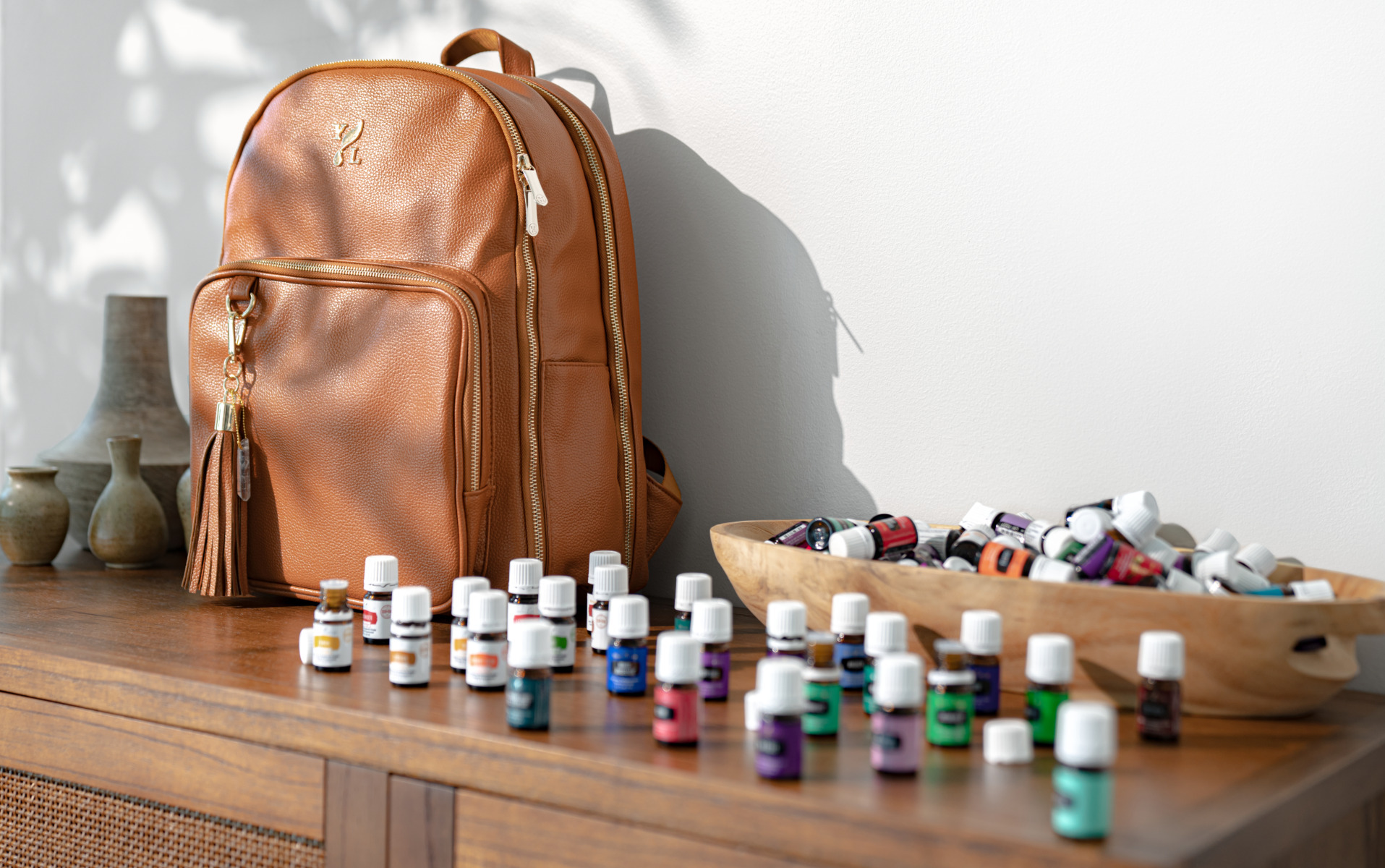
Why are some essential oils expensive?
Essential oils sell at various price points. Many factors contribute to why some are more expensive than others. These factors include the ease of harvesting the plant, botanical amount needed to produce the oil, plant time sensitivity, purity of the oil, rarity of the plant, shipping costs, and more.
How much plant it takes to produce an essential oil
Some plants produce less oil than others when distilled. As a result, more of some plants are needed to produce the same amount of oil. For example, a quality Rose essential oil is very valuable due to all the effort it takes to cultivate the flowers and all the raw botanical material it takes to produce the final product. It takes approximately 5,000 painstakingly harvested pounds of fresh rose petals to make just one pint, or 16 ounces, of Rose essential oil. A 5 ml bottle of this oil is 0.17 fluid ounces.
Ease of harvest and plant time sensitivity
Certain botanicals can be extremely sensitive and need to be harvested at a specific time of day to yield the highest amount and best quality of oil. Melissa is a great example of this. Distilling it is a time-intensive process that must take place at the right time of day and precise moment of blossoming to harness its full potential. The difference between an early-morning cutting and a late-afternoon cutting can be critical enough to decrease oil production by as much as 90 percent. This leaves a very small window to get any meaningful yield. Additionally, less than 1/1,000th of the bulk plant is likely to end up as condensed oil. Plant material must be taken from the field to the distillery immediately. Any drying of the plant material can destroy or severely limit the amount of oil obtained through the distillation process.
Rarity of the plant
Plants like lavender and lemon are extremely common, while others are much scarcer. Blue Tansy is a rare, exotic plant that originates on the Mediterranean coast of Morocco. Thousands of its little flowers are required to obtain this beloved, sapphire-colored oil.
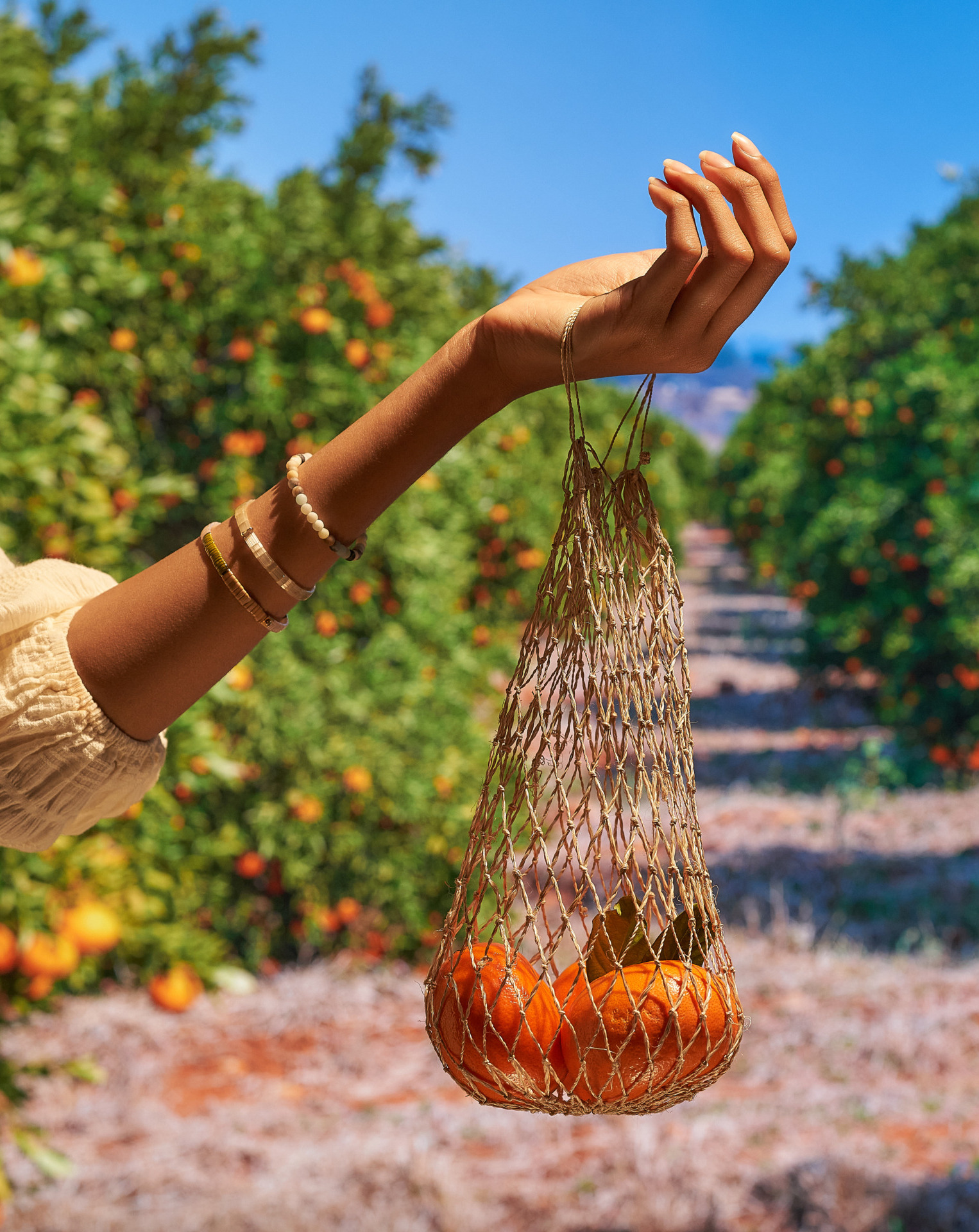
Shipping costs
The plants used to produce essential oils originate from different places all over the world. Shipping them from different countries adds transportation costs to the price of oil production. Helichrysum is native to coastal France, Italy, and Croatia. Its delicate flowers bloom in rocky soils before a painstakingly careful harvest. When you buy oils, it’s important to research where the botanicals were grown. Farming the plants in their natural environments or in habitats that replicate their native environments is crucial to producing best-quality oil.
Why are some essential oils so cheap?
If you’ve browsed through the different essential oil options offered from various sources, you’ve likely seen a wide range of prices. Have you taken a deep look at what the ingredient list and company background of each of these oils looks like? Companies with lower-end pricing often use poor-quality oils and dilute them with harmful additives to achieve those cheap price points.
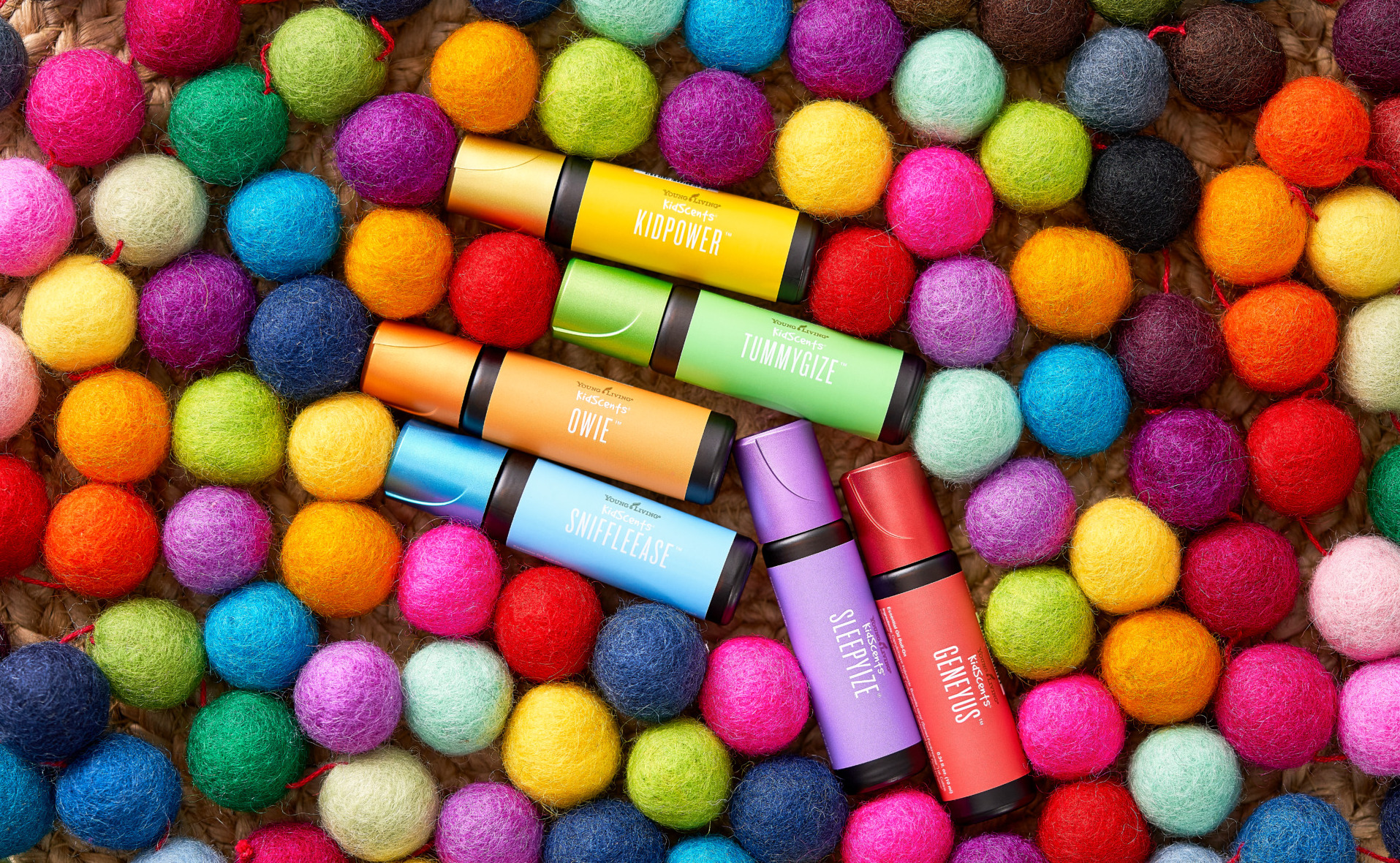
When shopping for high-quality essential oils, double-check that they don’t contain any synthetic fillers. Oil singles should have only one ingredient—the single essential oil. When it comes to blends, there will be a couple ingredients listed, but make sure those ingredients are pure botanical oils. Of course, some high-quality blends may be diluted with a neutral carrier oil like jojoba or grape seed, depending on the product’s intended application. For example, some of our blends, like those in our KidScents® and Animal Scents™ lines, are prediluted with natural oils and/or glycerin to make them safe for use around children and pets. However, as a rule, you’ll want to avoid additives and dilutions—especially synthetic ones—entirely. To learn more about what you should look for when purchasing oils, check out this blog post.
What makes Young Living different from other oil companies?
It comes down to quality. As we mentioned above, many companies—particularly those with unusually low price points—often compromise on their sourcing, formulation, process, or other elements of production. Conversely, Young Living focuses intensely on getting every element right; you never have to second guess whether you’re getting a high-quality product. Young Living sets the industry standard for quality with its strict Seed to Seal quality commitment. This commitment to naturally derived, plant-based products means we oversee the making of our oils from start to finish—from growing the seeds to harvesting the plants to obtaining their oils to exhaustively testing the final product. This results in oils and oil-infused products you can use with peace of mind in every part of your life.
To see Seed to Seal in action, watch this video on how our Lavender essential oil is made at our St Maries Lavender Farm and Distillery.
We’re passionate about using only the best ingredients, ones that are as pristine as they are effective. You can rest easy knowing that Young Living products will never contain:
- Formaldehyde
- Artificial dyes
- Petroleum
- Mineral oil
- Sulfates
- Parabens
Our oils are made with the highest quality in mind. This takes out all the guesswork, allowing you to live naturally without a second thought.
What oils can I purchase for under $30?
While we absolutely adore our higher-priced oils, we understand that, especially when building your collection, dropping a lot of your budget on a handful of essential oils may be a bit much. That’s why we’re suggesting some of our favorite, most versatile oils that you can add to your collection for under $30 each!
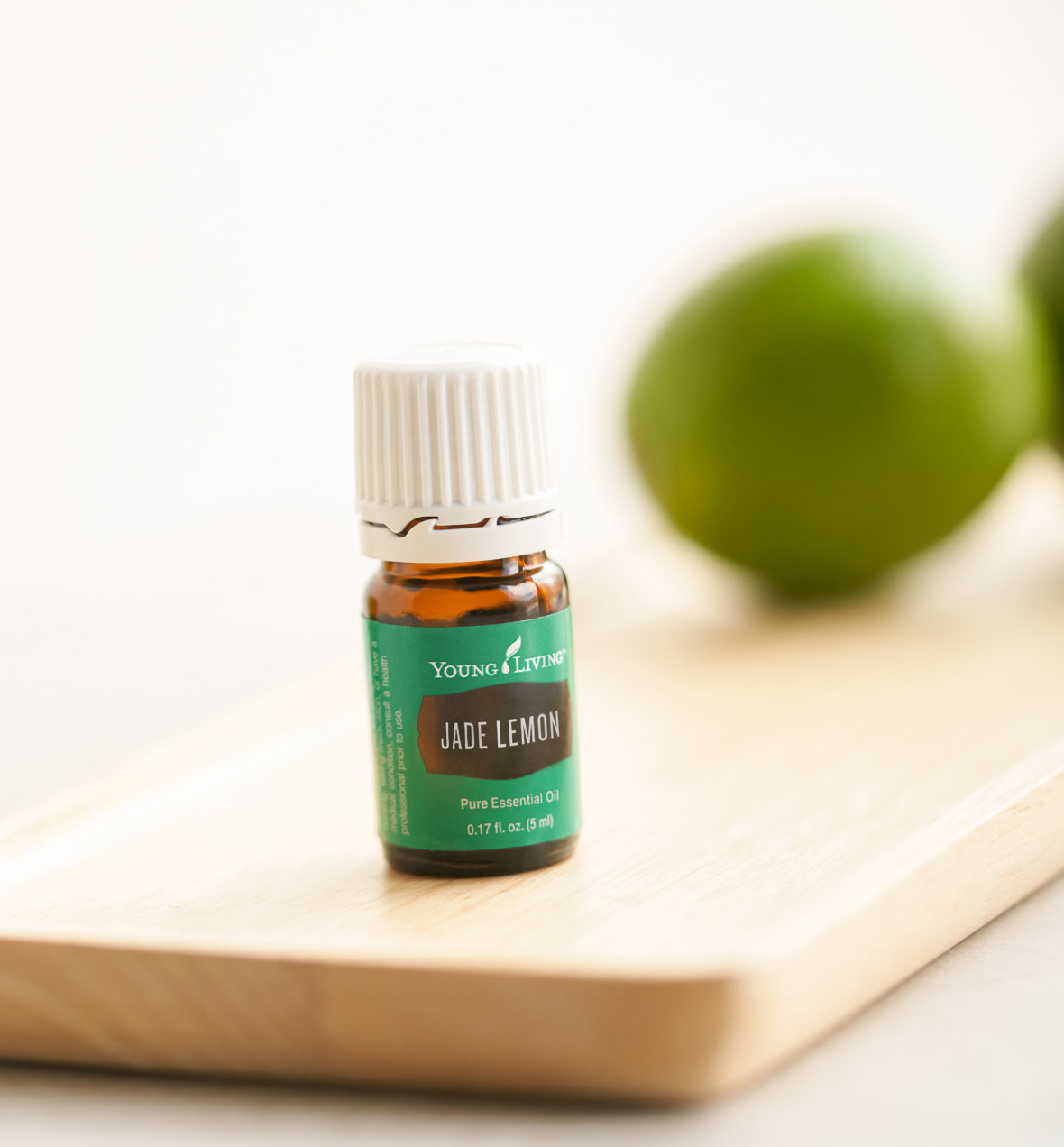
Oil singles under $30:
Oil blends under $30:
The question of cost is often decided at the farms where our essential oils are grown. Learn how quality essential oils start at the farm. Are you curious about how essential oils are made? A good place to start is our beginner’s guide to essential oils.

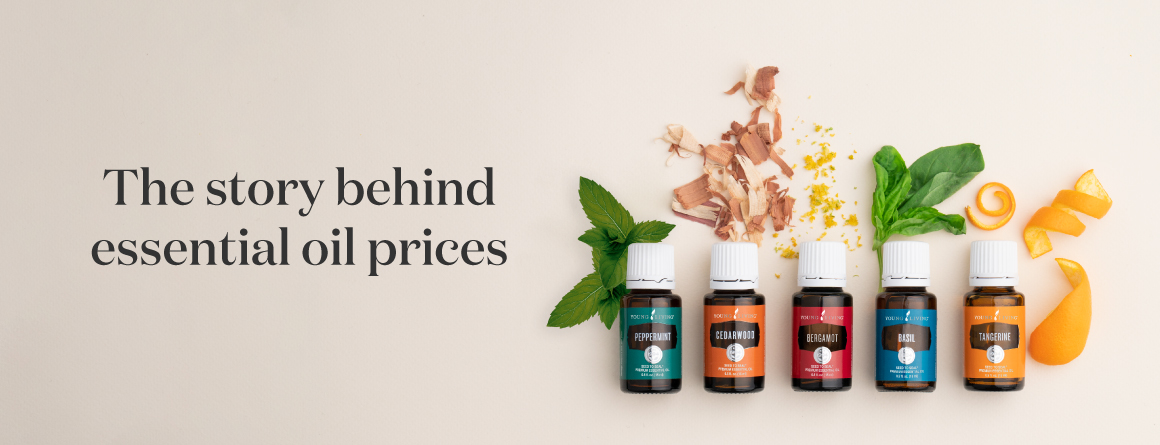
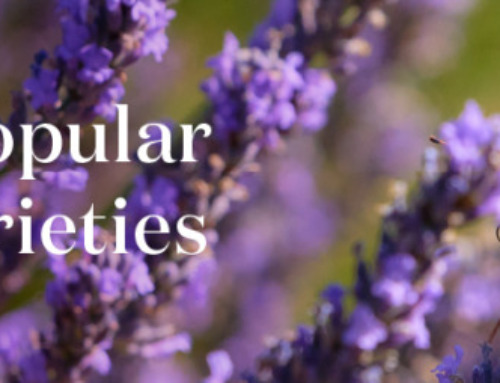
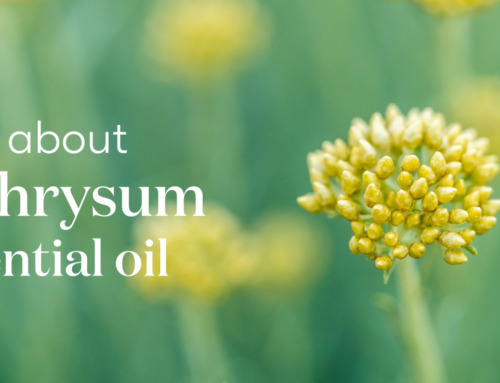
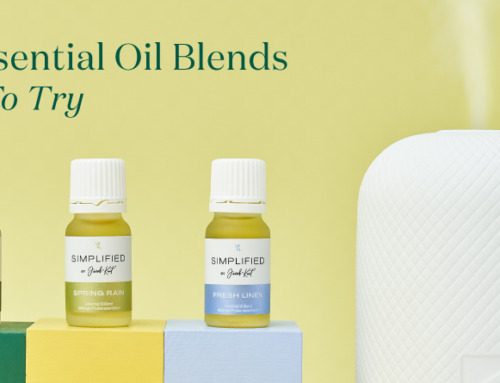
Leave A Comment